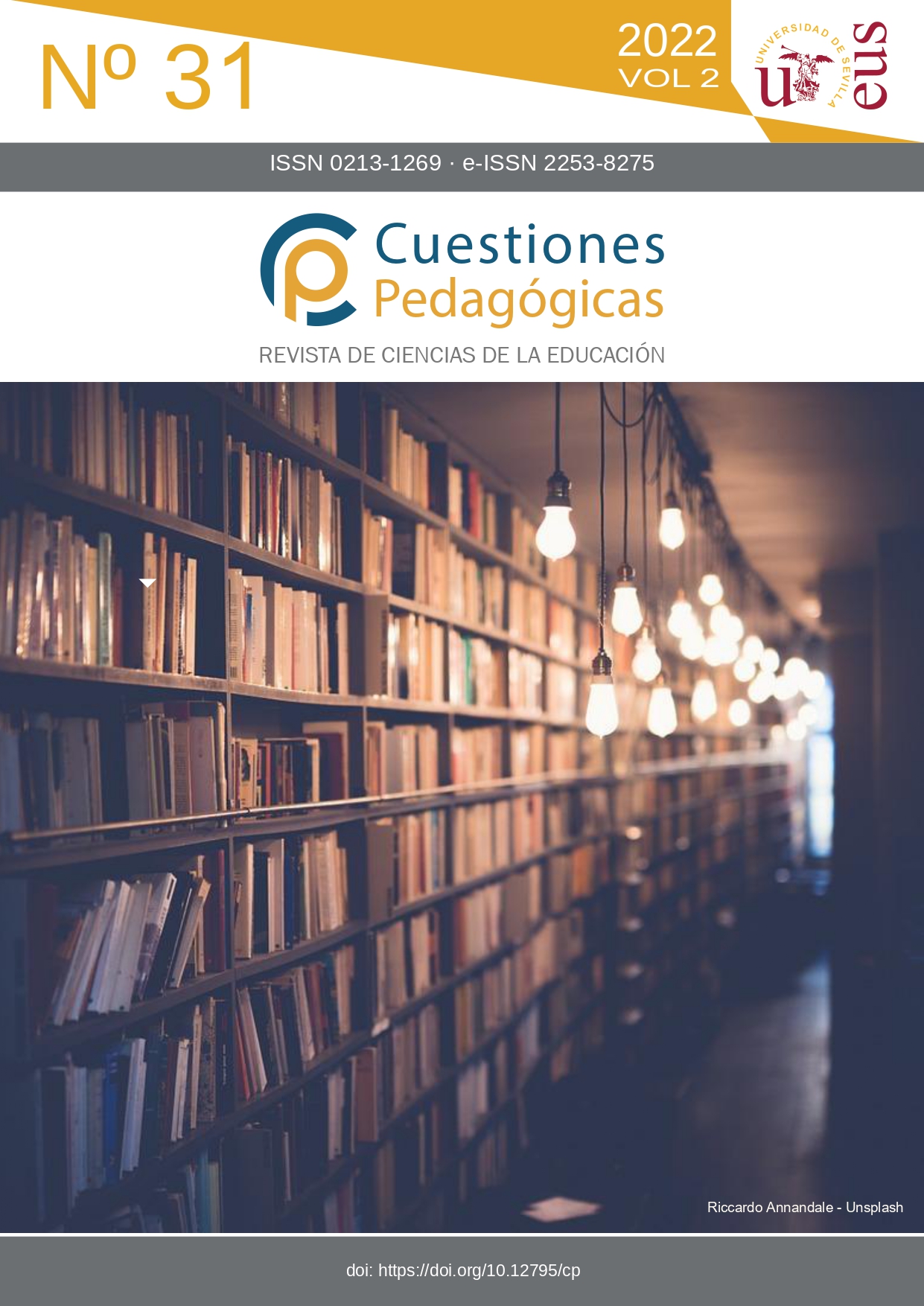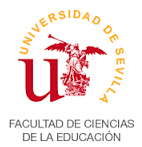EC What’s new? An effective tool to enhance the Gastronomic Services students’ oral skills
DOI:
https://doi.org/10.12795/CP.2022.i31.v2.04Keywords:
oral skill, Gastronomy Services., communicative interactions, tecniqueAbstract
Cuban society is developing an Educational Revolution to achieve a general and healthy culture among the people. The Education System carries out actions to ensure quality learning for all citizens. It is a challenge for the Educational Sciences to guide the development and transformations in each teaching institution based on the teaching activity. Therefore, this article focuses on the development of students' oral skills in English. It is derived from a research work for the doctoral degree of the main author. The scientific problem lies in the inadequacies of English teachers in the speciality of Gastronomic Services in Manzanillo, which hinder the development of oral expression to interact with customers during the gastronomic service in their objective reality. The purpose is to highlight the theoretical elements that justify the usefulness of the "What's new?" technique as an effective resource for developing this skill. The technique, designed by the authors of this article, is applied in pedagogical practice to corroborate its effectiveness. This is the major contribution of the research work. Among the scientific methods used are analysis-synthesis, observation, document analysis, pedagogical testing, as well as statistical methods. As a result, new ways are opened up for the participation of students in spontaneous, creative and natural communicative interactions.
Downloads
References
Antich de León, R. (1986). Metodología de la enseñanza de lenguas extranjeras. Pueblo y Educación.
Beaugrande, R.A. and Wolfgang, D. (1987). Digitally reformatted 2002. Introduction to Text Linguistics. XIV Congress of Linguists. Retrieved from https://fac.ksu.edu.sa
Brown, G. and Yule, G. (1983) Discourse Analysis. Cambridge University Press.
Beaugrande, R. & W. Dressler (1981). Introduction to Text Linguistics. Longman.
Enríquez, I. J. (2006). Un acercamiento a la enseñanza del inglés en la Educación Primaria. Pueblo y Educación.
Escalona, E., Fonseca, M. E., & Frías, Y. (2020). La importancia de diferentes tipologías de ejercicios e indicadores para evaluar la habilidad expresión oral en la formación lingüística de los estudiantes del idioma inglés en Cuba. (Original). Roca. Revista científico - Educacional De La Provincia Granma, 16(1), 86-97. Recuperado a partir de https://revistas.udg.co.cu/index.php/roca/article/view/1239
Gonzalez, R. (2009). La Clase de lengua extranjera: teoría y práctica. Editorial Pueblo y Educación.
Grice, P. (2008). How Talk Works. Retrieved from www.teachit.co.uk
Leontiev, A. N. (1975). Actividad. Comunicación. Personalidad. Pueblo y Educación.
Montano Lahera, I. M. (2008). Metodología con enfoque interdisciplinario para el desarrollo de la comprensión lectora en idioma inglés en estudiantes de primer año de la carrera educación primaria.165 h [Tesis en opción al Grado Científico de Doctor en Ciencias Pedagógicas, ISP “José Martí”, Camagüey].
Pridham, F. (2001). The Language of Conversation. Routledge: New York.
Roméu, E. A. (1992). Aplicación del enfoque comunicativo: comprensión, análisis y construcción de textos. IPLAC.
Thurrell, S. (1994). Teaching Conversational Skills. Retrieved from https://www.semanticscholar.org/paper/Teaching-conversational-skills-intensively
Wilkins, D. A. (1976), Notional Syllabuses. Oxford University Press.
Zimniaya, A. (1989). Aspectos psicológicos de la enseñanza de la expresión oral en lengua extrajeras. Ed. Idioma ruso.

Published
How to Cite
Issue
Section
License
Copyright (c) 2022 Cuestiones Pedagógicas. Revista de Ciencias de la Educación

This work is licensed under a Creative Commons Attribution-NonCommercial 4.0 International License.
Aquellos autores/as que tengan publicaciones con esta revista, aceptan los términos siguientes:
- Los autores/as conservarán sus derechos de autor y garantizarán a la revista el derecho de primera publicación de su obra, el cuál estará simultáneamente sujeto a la Licencia de reconocimiento de Creative Commons que permite a terceros compartir la obra siempre que se indique su autor y su primera publicación esta revista.
- Los autores/as podrán adoptar otros acuerdos de licencia no exclusiva de distribución de la versión de la obra publicada (p. ej.: depositarla en un archivo telemático institucional o publicarla en un volumen monográfico) siempre que se indique la publicación inicial en esta revista.
- Se permite y recomienda a los autores/as difundir su obra a través de Internet (p. ej.: en archivos telemáticos institucionales o en su página web) antes y durante el proceso de envío, lo cual puede producir intercambios interesantes y aumentar las citas de la obra publicada.

- Abstract 89
- HTML (Español (España)) 26
- PDF (Español (España)) 53
- EPUB (Español (España)) 21




